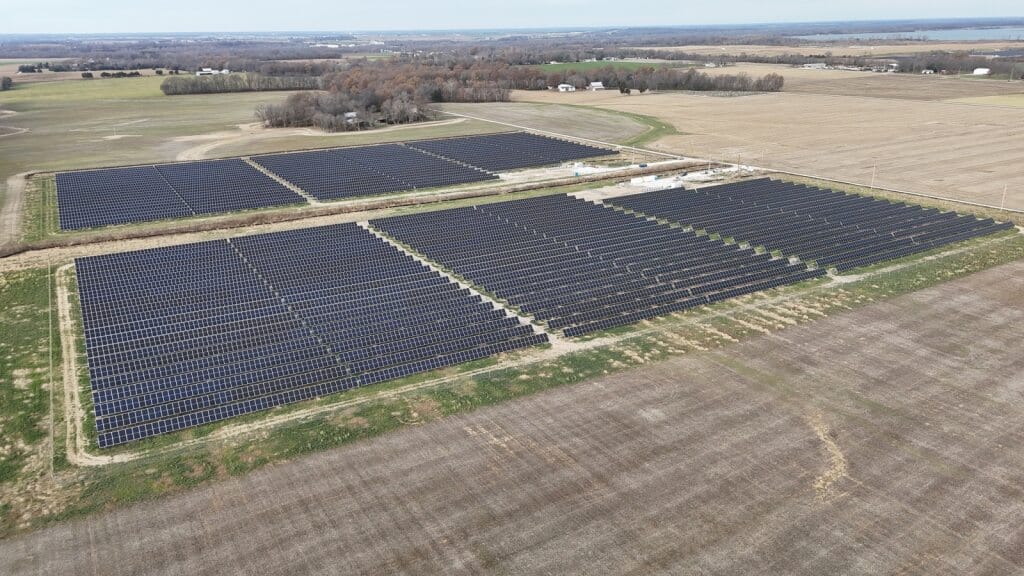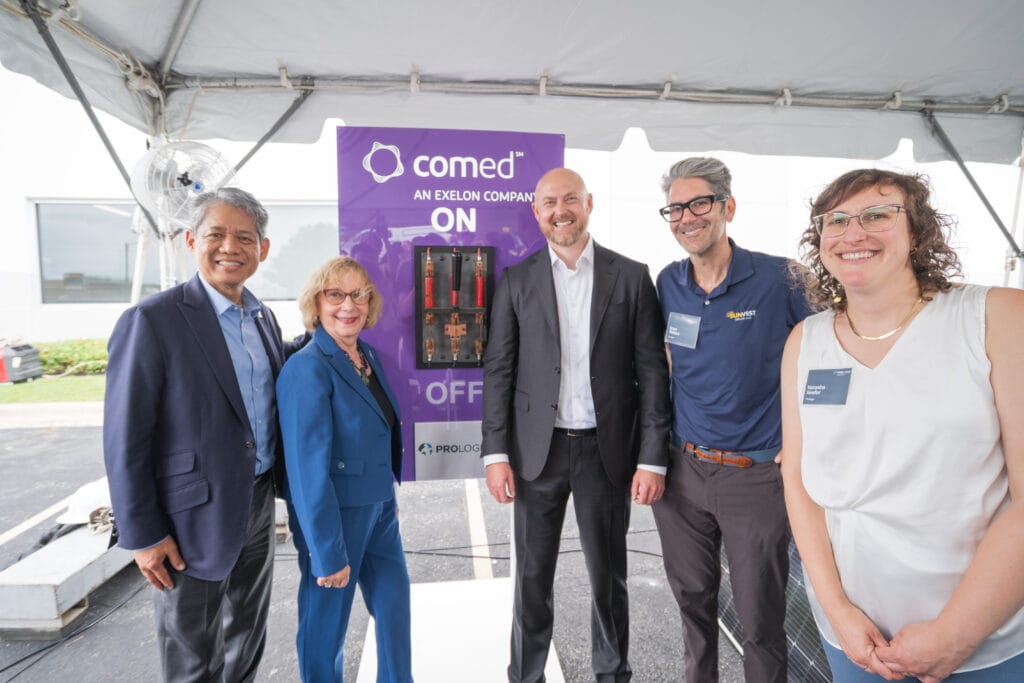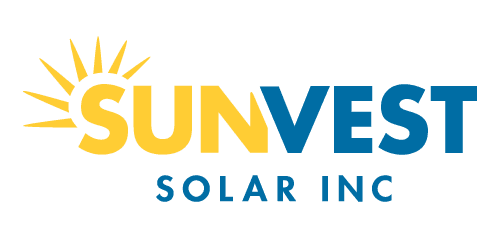Solar Panel Maintenance: Everything You Need to Know
A solar array is a great investment that can provide renewable energy to your business, school, or community for upwards of 25 years or more. To ensure maximized production (and electric bill savings) throughout the system’s life, it’s important to perform regular maintenance.
SunVest works with clients to ensure their systems are properly maintained, providing a suite of services that work for your needs. But what does the maintenance process like? Do solar panels require regular tune-ups to stay in tip-top shape like a car? How about the other components of the system? Do needs vary by weather conditions and climate? We’ll dive into all these questions and more on the best maintenance protocol.
Yes, Solar Panels Need Maintenance
First, a quick overview. A solar installation consists of three main components:
- The solar modules (more commonly referred to as “panels”) which turn photons into electrons
- The inverter, which converts those electrons from direct current to alternating current, and
- The “Balance of System,” (BOS) or all the other parts that make the system work (i.e. racking, wiring, etc).
The good news: the modules don’t have any moving parts, which means they require very little maintenance. Panels do collect a little dirt over time (referred to in the industry as “soiling”) and experience slight degradation (approximately half a percent annually). Depending on where the solar array is built, Mother Nature (rain) helps keep modules free of soiling which keeps estimated energy production on track. When necessary, SunVest can provide module washing services. This is typically only after analysis determines the expense is worth the benefit of increased production.
Routine maintenance practices also help identify any hairline cracks or hotspots and prevent a larger, unexpected issue from occurring. An annual preventative maintenance inspection helps ensure that your solar panels operate safely and with optimal efficiency, meet financial requirements for stakeholders, satisfy local ordinances, and provide a return on investment within the expected payback period.
Solar is More Than Just Panels
The other components of a solar installation need attention, too! In fact, the most common component requiring maintenance isn’t the solar panels at all, it’s the inverter. Again, the inverter’s job is to convert the DC energy from the panels into AC energy for the grid.
These complex devices can experience faults of various types, which result in the equipment being shut down for a period. Other inverter-related challenges include blown fuses, arc flash, malfunctions to the inverter screen, communications board, etc. Some of these can be remedied remotely, but some do require a service call.
Examples of preventative maintenance on BOS components include examining racking, checking conductors to verify the wiring isn’t pinched or crimped more than design allows, confirming applicable safety labels are present, etc.
A basic preventative maintenance protocol prevents larger repairs and reduces long-term costs and downtime.
How Weather, Climate, and Type of Solar Array Affect the Maintenance of Solar Panels
Solar panel, inverter, and racking manufacturers (“OEM’s”) all engineer their components to withstand weather extremes. They have to in order for the solar investment to withstand the 25 year+ estimated lifespan. National Recognized Testing Labs (or, “NRTL’s”) validate manufacturer equipment specifications including the ability to operate during extreme temperature thresholds.
Modules operate more efficiently in colder temperatures than warmer temperatures. Snow, however, will stop production when the panels are not receiving any sunlight.
Modules installed on a roof will typically be 10-degree tilt and not as easy to access for maintenance as those found on a ground mount array, which is 20+ degree tilt.
Rooftop vs Ground Mount Systems
SunVest builds both rooftop and ground-mounted systems and provides ongoing O&M services for both system types. Different installation types require different maintenance practices. For instance, maintenance on a rooftop requires additional safety measures just by nature of being on top of a building. Conversely, ground-mounted arrays are much easier and safer to maintain because panels are at ground level, but they require mowing or other vegetation management. Solar panels on ground-mounts are also tilted at a much steeper angle, which means rain naturally cleans the array of soiling more effectively than roof mount panels at a lower tilt.
Be Prepared to Repair or Replace a Solar Panel
Even with preventative maintenance, parts need to be replaced from time to time. For customers that buy larger systems, it can be a good practice to purchase a couple of additional panels at installation and store them on-site. In the event of a replacement, it is important that spare panels are the same as your current model. Otherwise, you run the risk of having a mismatched system that cannot be fixed properly, or that would require an update to your building permit. The number of panels you store is determined by available space to store and the environmental likelihood of damage.
For systems that are leased from SunVest under a Power Purchase Agreement (PPA) model, SunVest can purchase and store additional panels and will replace them as needed. Oftentimes, a panel is still within its original warranty and can be replaced by the manufacturer.
Solar Panel Warranty and Servicing
One of the benefits of working with a solar developer like SunVest is that we can help monitor the health of your solar array for you. From our headquarters near Milwaukee, SunVest O&M Technicians use a data acquisition system to monitor and analyze actual production vs. expectations on hundreds of systems across the nation. If the system is not performing as projected, we can pinpoint problems and correct any issues.
A Variety of Operations & Maintenance (O&M) Options
When you partner with SunVest Solar to install your solar array, we make sure that it’s working properly from Day One. If you’ve leased the system under PPA, your contract will include a full suite of O&M activities and the system will always be maintained.
For clients that purchase their system from SunVest, the installation is under full warranty for the first year. SunVest will make sure the system performs as expected, and we’ll send technicians to address any issues if any should arise. Thereafter, we have a 5-year service warranty guaranteed on any workmanship issues. In other words, if it’s our fault, we’ll fix it.
SunVest offers preventative maintenance, corrective maintenance, and daily performance monitoring for any system, even if we weren’t the ones to install the system on your site. Regardless of who built it, we can keep your system in top working order.
Learn more about our solar panel installation and maintenance programs, contact us today. We’d love to give you the power of the sun!
Stay connected! Follow SunVest Solar, Inc. on LinkedIn.


